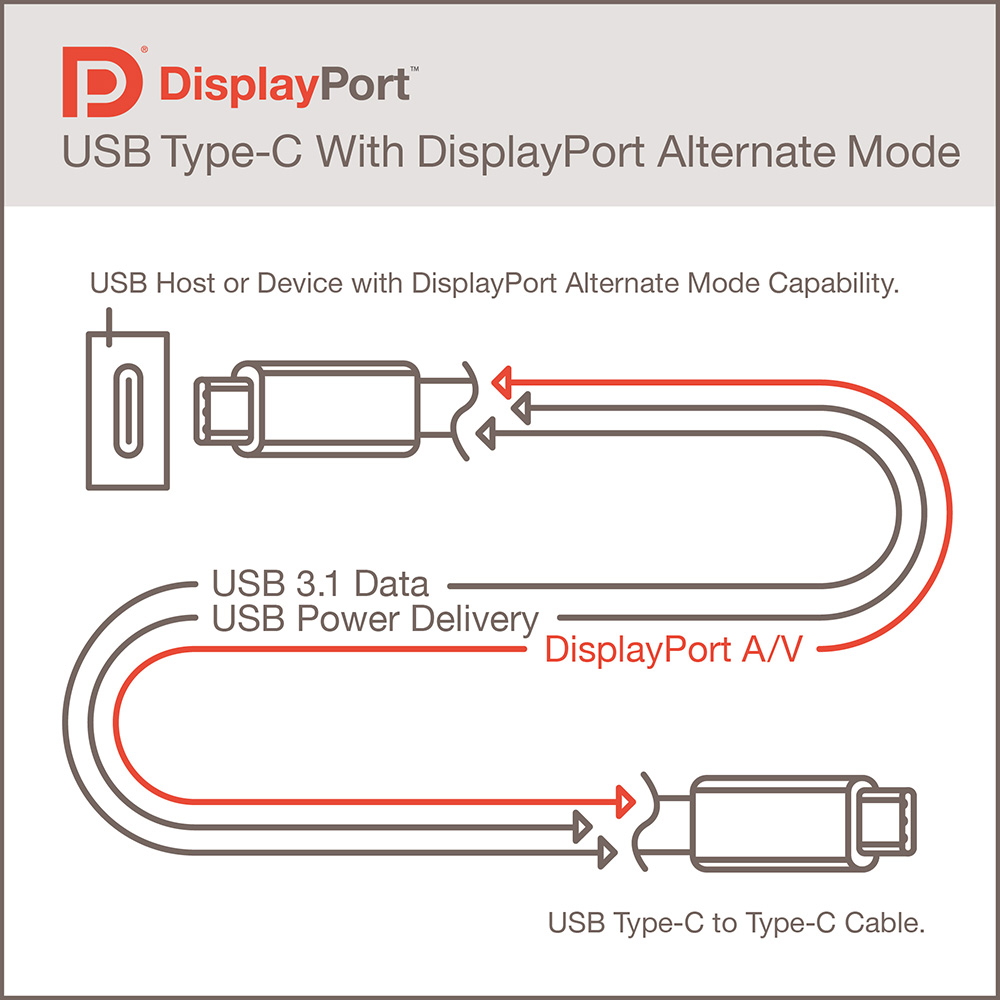USB Type C
Posted on January 4, 2016 by KVMGalore | 0 comments
USB Type C: a new USB connector for a new USB standard
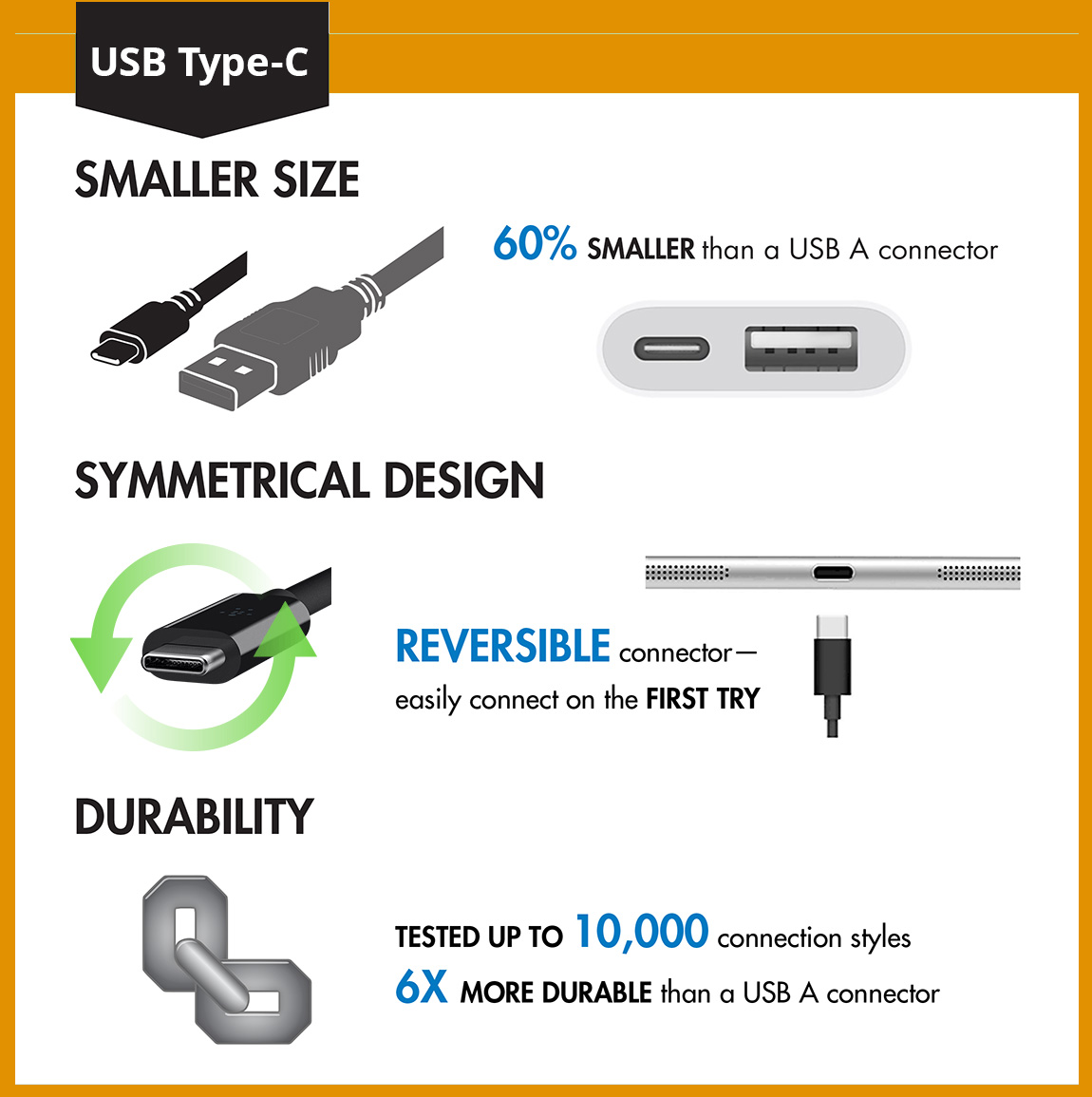
USB Type C (or USB-C™) is a type of USB connector, following the footsteps of previous USB Type-A and USB Type-B connectors (and their variants).
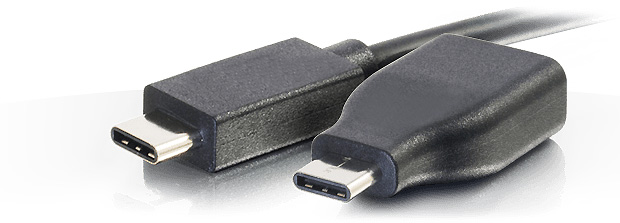 USB Type C™ aims to solve several problems with previous USB design, possibly the most exciting of which is the eradication of "right way up" with a reversible plug. Like Apple's Lightning connector, it can be plugged into its port either way.
USB Type C™ aims to solve several problems with previous USB design, possibly the most exciting of which is the eradication of "right way up" with a reversible plug. Like Apple's Lightning connector, it can be plugged into its port either way.
USB-C connector is a reversible/symmetrical connector, so no more guessing on how to plug it in.
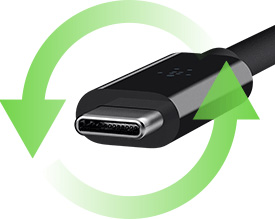 USB Type C connector is also designed both to be small enough to fit mobile devices, yet robust enough for laptops and tablets.
USB Type C connector is also designed both to be small enough to fit mobile devices, yet robust enough for laptops and tablets.
USB-C connector is comparable in size with Micro-B type connectors, with a port size of 8.4 by 2.6mm. Being that it's about 60% smaller that USB Type-A, this means it's small enough to work for even the smallest peripheral devices.
Increased durability of up to 10,000 cycles meaning a longer life for the number of times it has the capability to be plugged in.
USB Type C connector supports USB 3.1 with the top speed of 10Gbps and has much high power output of up to 20V (100W) and 5A. Considering most 15-inch notebook computers require just around 60W of power, this means laptop computers can be charged the way tablets and smartphones are charged, via their little USB port. In fact Apple's 12-inch Macbook is the first notebook that incorporates a Type C USB as its power port.
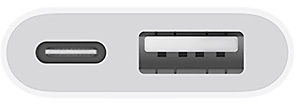
USB Type C connector enables storage vendors to make bus-powered (no separate power adapter required) external hard drives of much larger capacity, since it provides enough power to run one or even multiple desktop hard drives.
USB Type C plug connects to both hosts and devices, replacing various Type-B and Type-A connectors and cables with a standard meant to be future-proof, similarly to Apple Lightning and Thunderbolt.
USB Type C connector also allows for bi-directional power, so apart from charging the peripheral device, when applicable, a peripheral device could also charge a host device. All this means you can do away with an array of proprietary power adapters and USB cables, and move to a single robust and tiny solution that works for all devices.
USB Type C connector is not just for USB 3.1. USB Type C connector also supports USB 2.0 and USB 3.0 devices, cabling and adapters, including adapters to USB Type-A and Type-B connectors.
USB Type C also supports USB Alternate Modes, which allows for different (non-USB) signals to be carried over USB Type C connectors and cables. Such alternate mode is, for example, DisplayPort Alternate Mode which allows standard USB Type C connectors and cables to carry native DisplayPort video signals.
With its ability to carry native video, USB is one step closer to its goal of having a single cable that could carry everything, including data, power and video.
New USB Type C products are becoming available daily - view all available products supporting USB-C.
